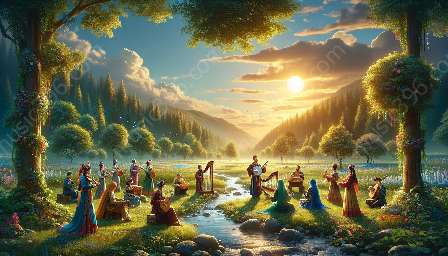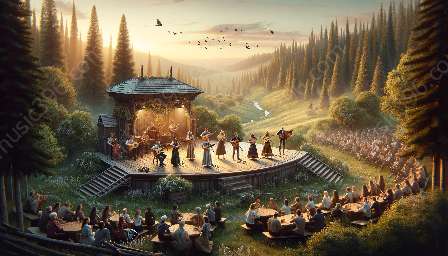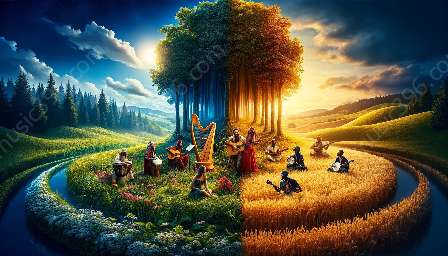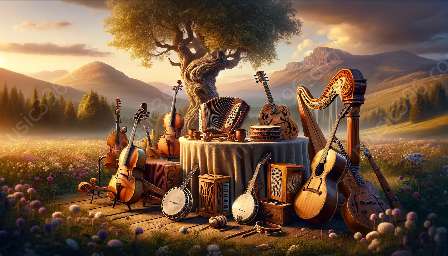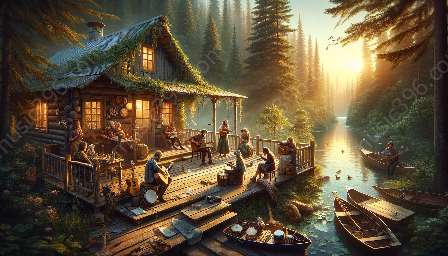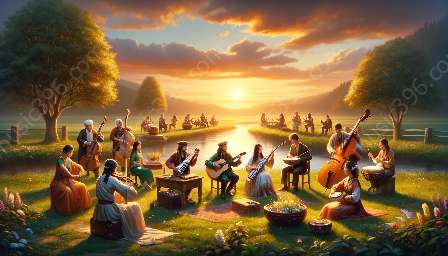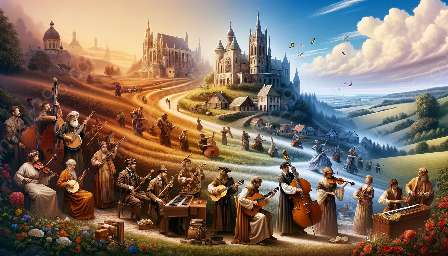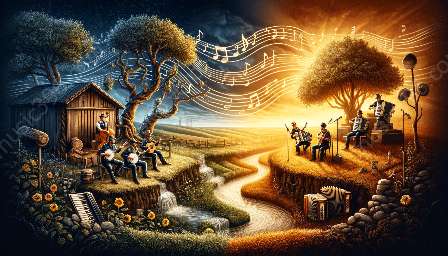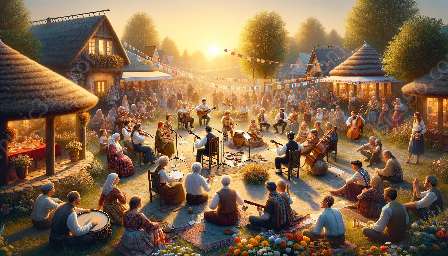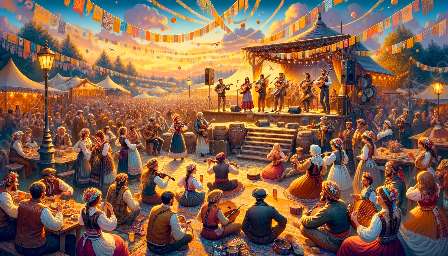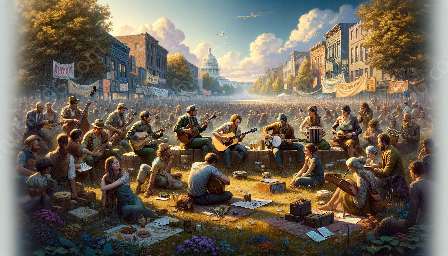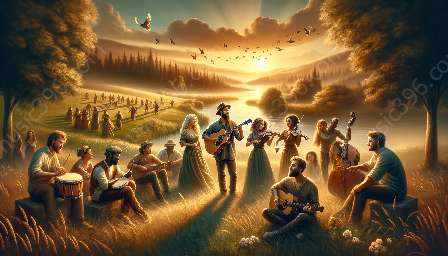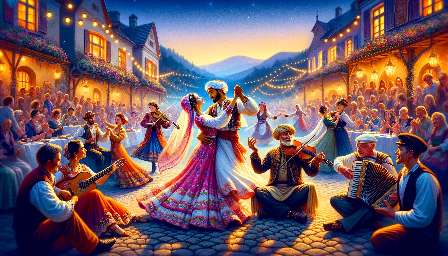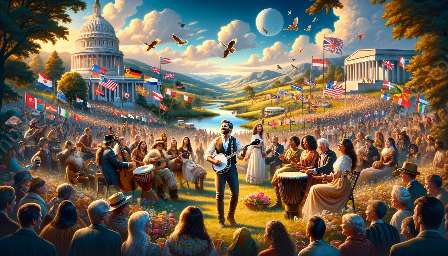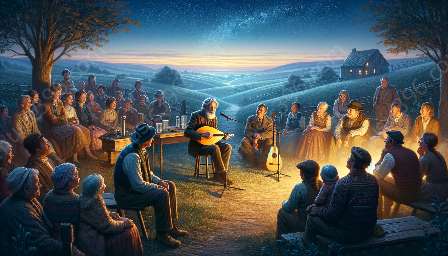Traditional music plays a vital role in building and uniting communities, and its preservation and promotion present several challenges. This article will delve into the complexities and opportunities of traditional music as a tool for community building.
The Importance of Folk & Traditional Music
Folk and traditional music are cultural treasures that have been passed down through generations. They embody the history, stories, and heritage of communities, serving as a means of cultural expression and communication. These musical traditions hold the key to preserving the identity and values of a community, making them indispensable assets in maintaining cultural heritage.
Preservation Challenges
The preservation of traditional music faces numerous obstacles, such as the risk of extinction due to globalization, urbanization, and modernization. Communities and artists struggle to protect their music from being overshadowed by mainstream commercial genres. Additionally, the aging of traditional musicians and the lack of formal documentation pose significant challenges in preserving these oral traditions for future generations.
Promotion Challenges
While traditional music holds immense cultural significance, promoting it in contemporary society presents unique challenges. The rise of digital music platforms and the dominance of popular music genres often lead to limited exposure and recognition for traditional music. This lack of visibility prevents the wider community from appreciating and engaging with traditional music as a valuable tool for community building.
Community Building through Traditional Music
Despite the challenges, traditional music serves as a powerful tool in community building. It fosters a sense of belonging, unity, and pride among community members. Through music performances, workshops, and festivals, communities can come together to celebrate their heritage and strengthen social bonds. Traditional music provides a shared cultural experience that unites diverse groups within a community, creating an inclusive environment for meaningful interactions and connections.
Preservation Efforts and Solutions
To address the challenges of preserving and promoting traditional music, collaborative efforts are essential. Community-led initiatives, music education programs, and cultural preservation projects play a crucial role in documenting, archiving, and revitalizing traditional music. By creating platforms for traditional musicians to showcase their art, such as local events and digital platforms, the visibility and appreciation of traditional music can be enhanced, ensuring its continuity for future generations.
Connecting Generations through Music
Engaging and involving younger generations in traditional music is pivotal for its sustainability. Intergenerational exchange programs and educational activities can bridge the gap between older and younger community members, fostering a deeper understanding and appreciation of traditional music. By empowering youth to participate in preserving and promoting traditional music, communities can ensure its longevity and relevance in the modern age.
Conclusion
Preserving and promoting traditional music as a tool for community building presents multifaceted challenges, but the rewards are invaluable. Through concerted efforts and a renewed appreciation for cultural heritage, traditional music can continue to serve as a unifying force, strengthening the fabric of communities and enriching the lives of those who partake in its timeless melodies.

